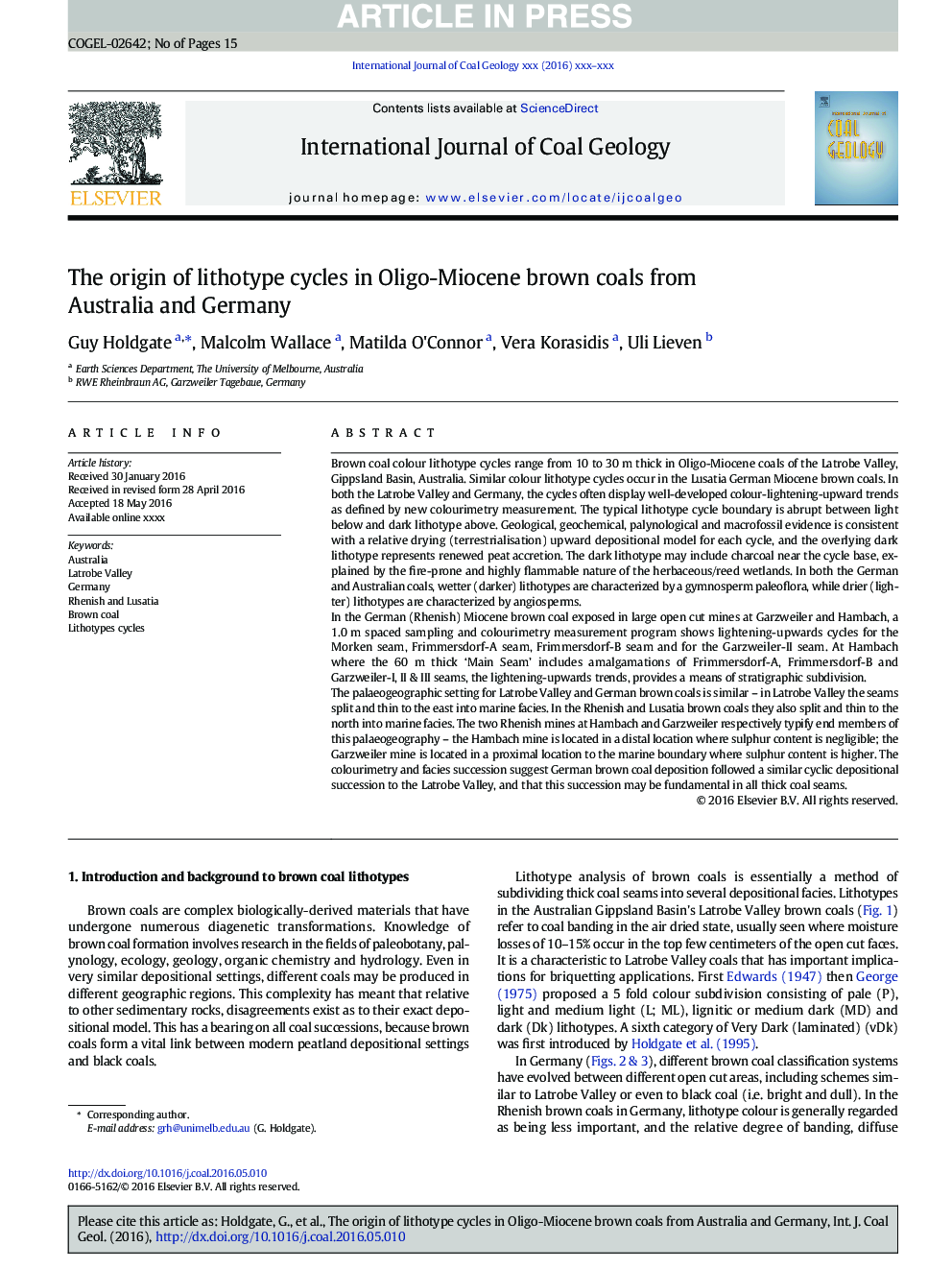| Article ID | Journal | Published Year | Pages | File Type |
|---|---|---|---|---|
| 5483692 | International Journal of Coal Geology | 2016 | 15 Pages |
Abstract
The palaeogeographic setting for Latrobe Valley and German brown coals is similar - in Latrobe Valley the seams split and thin to the east into marine facies. In the Rhenish and Lusatia brown coals they also split and thin to the north into marine facies. The two Rhenish mines at Hambach and Garzweiler respectively typify end members of this palaeogeography - the Hambach mine is located in a distal location where sulphur content is negligible; the Garzweiler mine is located in a proximal location to the marine boundary where sulphur content is higher. The colourimetry and facies succession suggest German brown coal deposition followed a similar cyclic depositional succession to the Latrobe Valley, and that this succession may be fundamental in all thick coal seams.
Related Topics
Physical Sciences and Engineering
Earth and Planetary Sciences
Economic Geology
Authors
Guy Holdgate, Malcolm Wallace, Matilda O'Connor, Vera Korasidis, Uli Lieven,
